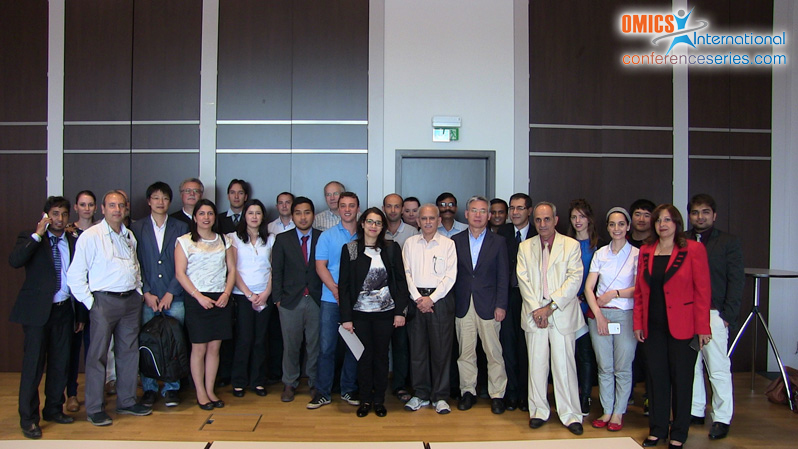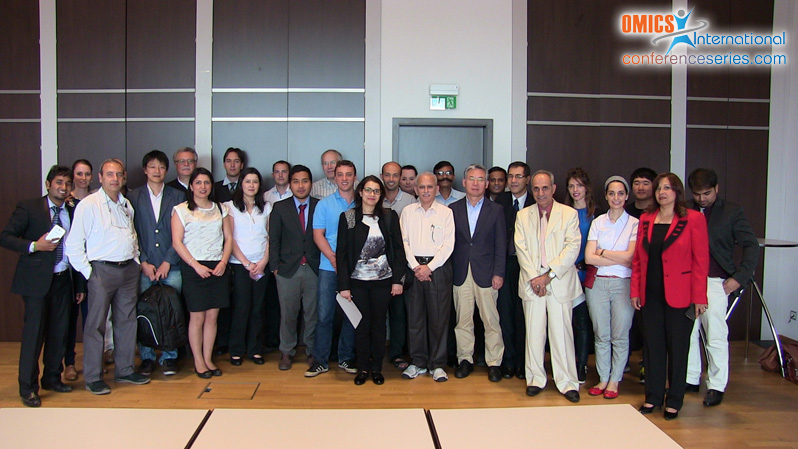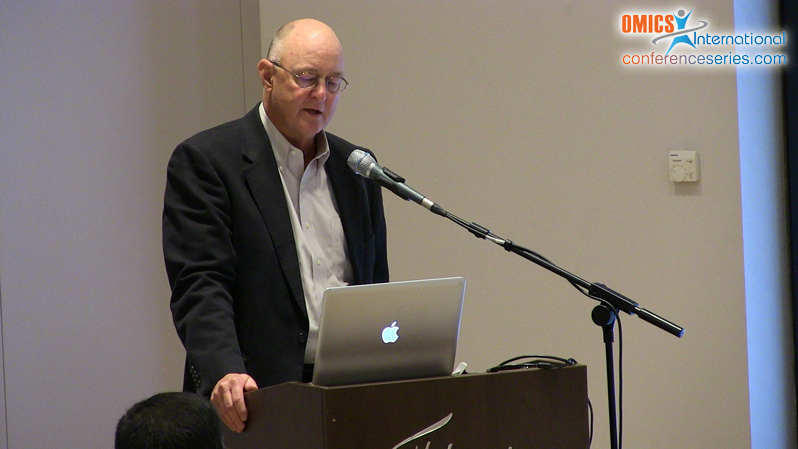
Biography
Biography: W Tim Miller
Abstract
Laboratory security and protection of trade secrets and proprietary company information is becoming more critical as insider, outsider and cyber-attack threats are mounting. Rapid technology advances and more globalized supply chains dramatically increase the threat to sensitive corporate information, data and know-how. Trade secrets protect information. The nature of their secrecy imparts competitive, economic and portfolio value. They may encompass a manufacturing process for example, cell growth conditions or successful cell line characteristics, unique synthesis prep, food or drink recipe, a search algorithm, a lubricant formula or a key supplier or customer list. Once a trade secret is obtained by a competitor or made public, its value is lost and that value may never be recovered. And the US Brookings Institution estimates ‘at least 50% and possibly as much as 85%’ of tech company value is attributable to intangible assets. In 2012, the US National Security agency estimated that US businesses lose $334 billion per year due to trade secret thefts and cyber-breaches, a number that is under-estimated as it does not account for costs businesses absorb to protect their secrets. The US FBI reported that during 2009-2013, theft of trade secret cases increased by more than 60%. The USA passed the Economic Espionage Act of 1996 to protect US companies from misappropriation of trade secrets for economic gain or to benefit foreign governments. The EU is actively involved in evaluating the growing threat of trade secret theft and potential EU response. A survey across EU countries showed that over the past ten years, 20% of the respondents experienced at least one attempt or act of misappropriation with 40% believing the risk has increased. Each EU country has some form of protection and effectiveness across member states but the protection varies. A 2012 EU study, European Commission-Roadmap on the Protection of Trade Secrets, offered a number of suggestions for improving trade secret protection including: Providing consistency as to the types of information that can be protected, Addressing difficulties in obtaining evidence of misuse and damage, Making available effective preliminary and effective final injunctions and Importance of providing for effective civil actions in addition to criminal activities. It was mentioned in the European Commission Study on Trade Secrets and Confidential Business Information in the Internal Market in April 2013 that ‘A consensus among economists has emerged that trade secrets play an important role in protecting the returns to innovation and that trade secret protection is an integral part of the overall system of protection available to EU firms to protect their intangible assets like patents and copyrights’. An actual case study will be presented with security measures implemented post discovery by the US FBI involvement and its judicial outcomes. Actual practices and suggestions will be presented which should be viewed as important investments to preserve and actually enhance value related to intellectual property and trade secrets in biotechnology companies.



